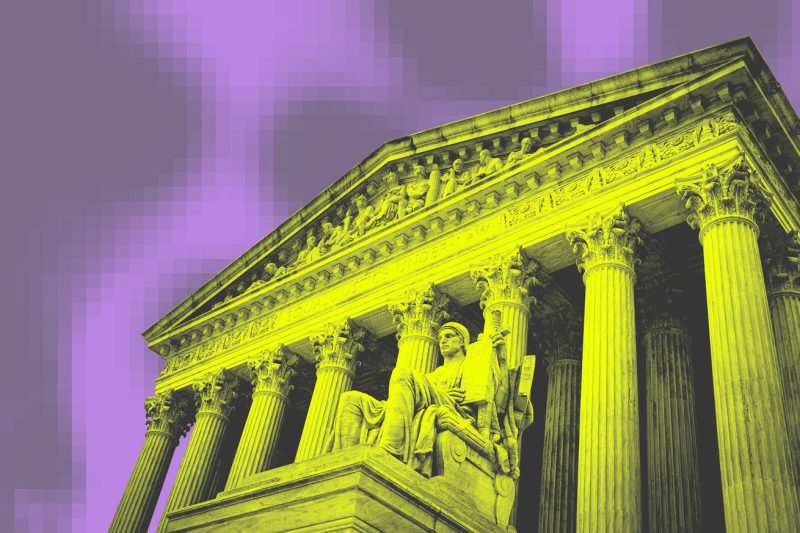The article discusses the pivotal role that the Supreme Court will play in determining the future of America’s low-income broadband fund. With an increasing reliance on digital connectivity for education, employment, healthcare, and communication, broadband access has become a necessity rather than a luxury in today’s society. However, disparities in access persist, particularly among low-income households, exacerbating existing inequities.
At the heart of the issue lies the legal authority of the Federal Communications Commission (FCC) to provide subsidies to low-income families for broadband services. The FCC’s Lifeline program has long been a crucial initiative in bridging the digital divide, offering financial assistance to eligible households to access essential communications services. By extending this support to broadband, the program seeks to ensure that all Americans have access to the internet, a vital tool for social and economic participation in the modern world.
The legal challenge to the FCC’s authority stems from a case in which the United States Court of Appeals for the District of Columbia Circuit questioned the agency’s jurisdiction to expand Lifeline subsidies to broadband services. Critics argue that the FCC overstepped its regulatory boundaries by including broadband within the scope of the program. In contrast, proponents emphasize the essential role of broadband in facilitating access to education, job opportunities, healthcare, and information, particularly for low-income households.
The impending decision by the Supreme Court on whether to hear the case carries significant implications for the future of America’s low-income broadband fund. A ruling in favor of the FCC would uphold the agency’s authority to provide subsidies for broadband services, affirming the importance of digital inclusion in promoting equity and opportunity. On the other hand, a decision against the FCC could jeopardize the expansion of Lifeline to broadband, potentially leaving disadvantaged communities further behind in the digital age.
As the nation grapples with the ongoing challenges of the COVID-19 pandemic, the need for reliable and affordable internet access has never been more pressing. Remote learning, telework, telehealth, and virtual social interactions have become essential components of daily life, highlighting the urgency of addressing the digital divide. Ensuring that low-income families have equitable access to broadband is not only a matter of fairness but also a crucial step towards building a more inclusive and prosperous society.
Ultimately, the Supreme Court’s decision will shape the trajectory of America’s efforts to bridge the digital divide and promote universal access to broadband. By considering the legal complexities surrounding the FCC’s authority to support low-income broadband services, the Court has the opportunity to advance justice and equality in the digital realm. The outcome of this case will not only determine the fate of the Lifeline program but also reflect the country’s commitment to building a more connected and equitable future for all.


























